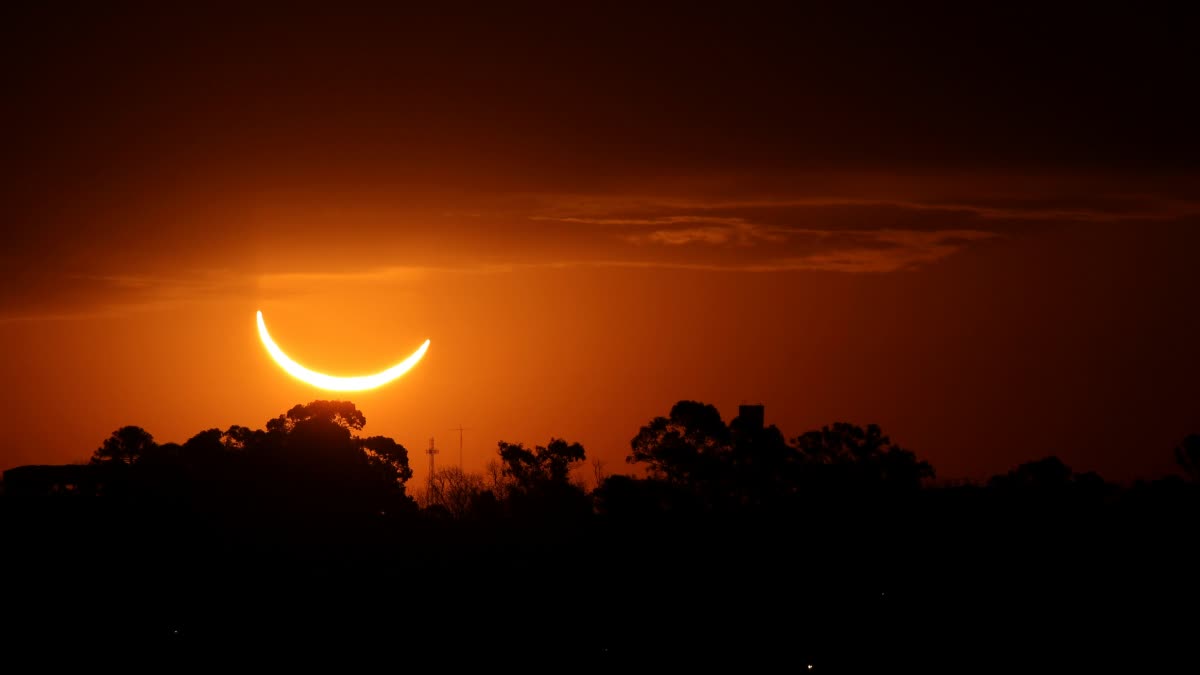Hyderabad: After the March 25 Lunar Eclipse, it is time for awe-inspiring spectacles as the Total Solar Eclipse is slated to grace the sky on April 8. Expected to be a celestial marvel, this eclipse offers extended duration and heightened activity due to the moon's proximity to Earth and potential solar eruptions.
Timing of Solar Eclipse
Scheduled for April 8, 2024, the total Solar Eclipse will begin at 02.12 PM (IST) and conclude on April 9 at 02.22 AM (IST). The eclipse, poised to captivate audiences worldwide, will not be visible from India. Instead, it will traverse a densely populated path, commencing from Mexico's Pacific coast, traversing through the United States, and culminating in eastern Canada, captivating millions along its trajectory.
Duration of Solar Eclipse
With a peak duration of up to 4 minutes and 28 seconds, double the length of the 2017 eclipse, this event promises an awe-inspiring spectacle for observers within the path of totality.
Approximately 44 million individuals reside within the 115-mile-wide corridor of totality, spanning from Mazatlán, Mexico, to Newfoundland, with a significant portion in the United States, ensuring congested roadways as enthusiasts flock to witness this cosmic phenomenon first-hand.
What is Total Solar Eclipse?
A total solar eclipse happens when the Moon passes between the Sun and Earth, completely blocking the face of the Sun. People viewing the eclipse from locations where the Moon’s shadow completely covers the Sun – known as the path of totality – will experience a total solar eclipse. The sky will become dark as if it were dawn or dusk. Weather permitting, people along the path of totality will see the Sun’s corona, or outer atmosphere, which is usually obscured by the bright face of the Sun.
Why is Total Solar Eclipse Rare?
The rarity of total solar eclipses stems from logistical challenges in locating suitable viewing sites, compounded by the dominance of oceans covering over 70 per cent of Earth's surface. Consequently, such events often unfold in remote locales, further enhancing their allure and mystique.
NASA's Sounding Rockets
The National Aeronautics and Space Administration (NASA) will launch three sounding rockets during the total solar eclipse on April 8, to study how Earth's upper atmosphere is affected when sunlight momentarily dims over a portion of the planet.
According to the space agency, the sounding rockets will launch at three different times: 45 minutes before, during, and 45 minutes after the peak local eclipse. These intervals are important to collect data on how the Sun’s sudden disappearance affects the ionosphere, creating disturbances that have the potential to interfere with our communications, NASA said.
Read More



